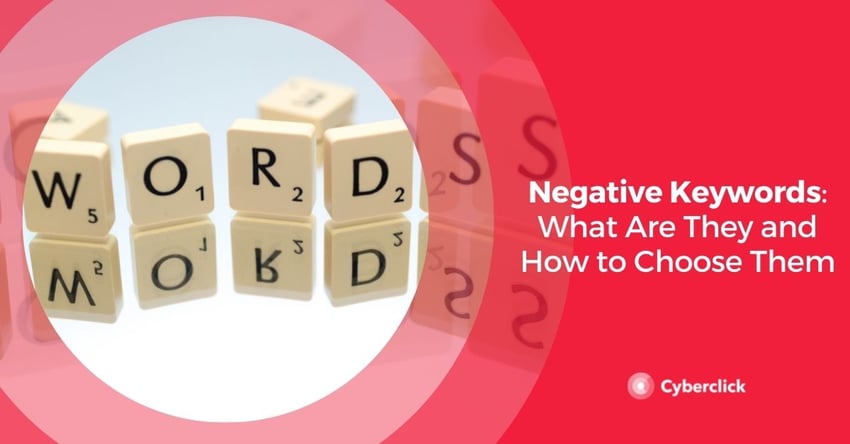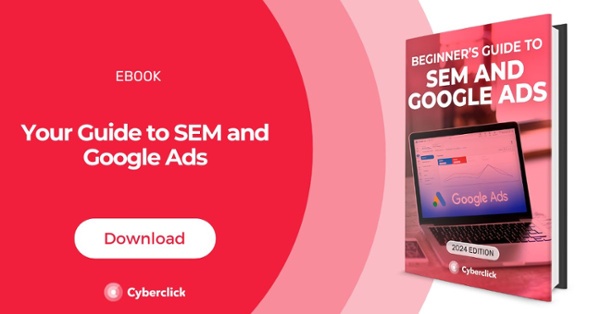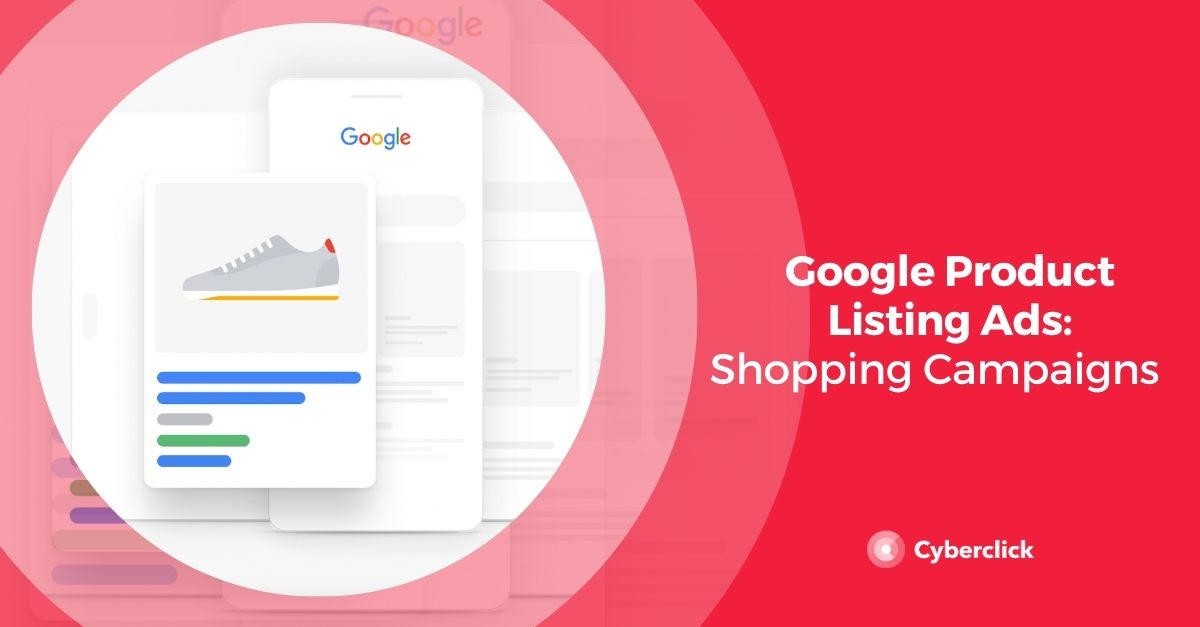If you work in digital marketing, then you may have come across the term negative keywords. Put simply, they are an SEO tool for filtering out closely related words and phrases that aren’t relevant to your ad’s target audience.
For example, if you are advertising a paid product and you add "free" as a negative keyword to your campaign or ad group, you are telling Google Ads not to show your ad for any searches containing the term "free." This helps filter out any irrelevant views so that the right people see your ads, saving you money on your ad campaigns.

In this post we will answer the question “what are negative keywords?” and explain the three types of negative keyword filters currently available. We will also share a few tips to help you understand how to use them in your marketing campaigns.
What Are Negative Keywords?
Negative keywords are an SEO tool that helps you target your Google Ads to the right audience. Essentially, they are a way of filtering out customers who are less likely to be interested in the product or service that you are advertising. It’s all about choosing who not to target. This helps you reduce ad spend and wasted clicks and streamlines your pay-per-click process.
The strategy behind negative keywords is simple: you confirm keywords that are a negative match for your primary keyword. For example, if you are selling women’s trousers, then you could select “men’s trousers” as a negative keyword. This way, you will avoid showing your ad to anyone who is specifically searching for men’s trousers. This helps you target your ads towards people who are more likely to be interested in what you have to offer and, ultimately, become paying customers.
When you select negative keywords for your search campaigns, you should look for search terms that are similar to your keywords. So, following on from the above example of women’s trousers, you wouldn’t want to pick something completely random, like “red cars.” Try to pick something different but still relevant; words that sound like they would relate, but they don’t. For example, if you sell wine glasses, you might pick “eyeglasses” as your negative keyword.
Types of Negative Keywords
There are a variety of negative keywords that you can use when you set up your Google Ads. They all work in different ways to help you target your ads to the right audience.
For search campaigns, you can use exact match, phrase match, and broad match negative keywords. You can include synonyms, singular or plural versions, misspellings, and other close variations for exclusion, depending on the type you select.
For display ads, things are much less specific as a set of negative keywords can only displayed as an exact topic.
For now, let’s focus on the different types of negative keywords for search campaigns.
Negative Broad Match Keywords
This is the most common type of negative keyword.
For negative broad match keywords, your ad won't show if a user’s search contains all your negative keyword terms, even if the terms are in a different order. Your ad may still show if the search contains only some of your keyword terms. For example, if you use the negative broad match keyword “women’s trousers,” your ad won’t be displayed to anyone searching with the term “women’s blue trousers” or “trousers women’s.”
Negative Phrase Match Keywords
For negative phrase match keywords, your ad won't show if someone searches for something using the exact negative keywords in the same order, even if additional words are added. For example, your ad will not be displayed if someone searches for “women’s red trousers.”
Negative Exact Match Keywords
For negative exact match keywords, your ad won't show if someone searches for something using the exact keywords you have confirmed as negative. However, it may be displayed if they use negative words in a different order.
For example, if you are selling men’s shoes and you use the negative exact match keyword “women’s trousers,” then your ad will not be displayed when someone specifically searches for “women’s trousers.” However, it may still be displayed if they search for “trousers for men.”
You can find more information on negative keyword types here.
How to Use Negative Keywords
Now that we’ve answered what negative keywords are and looked at the different types, let’s take a look at how they can be used.
There are two ways you can use negative keywords in Google Ads: traditional use and protective use.
Let’s take a look at these two methods in a bit more detail.
Traditional Use
The traditional method for using negative keywords is the easier to configure.
When you use traditional negative keywords, you can use Google’s search query (or keyword detail) report to identify new negative keywords. When you use their simple selection/checkbox tool to indicate negative keywords from within the reporting screen, all negatives are automatically added in the exact match. You can change this to a broad match by simply deleting the brackets or put your keywords in quotes for phrase match.
For example:
Negative broad match: women’s trousers
Negative phrase match: “women’s trousers”
Negative exact match: [women’s trousers]
Protective Use
With protective use negative keywords, you can use multiple keywords to target people at various stages of the customer journey and maximize your results. The protective use focuses more on identifying the number of times your link is being clicked and the rate of conversion, which in turns minimizes pay per click.
For example, if you are creating an ad for women’s trousers, then you might want to exclude searches for specific competitor brands. Or you might want to focus on a narrower approach and target your prime sellers to increase your rate of conversion faster.
So, you have a single-keyword ad group for [women’s trousers], which is more specific.
You also have an ad group with broader keywords like +Versace +cotton, which is less specific and could potentially match a highly specific query like [cotton Versace women’s trousers]
This will help you trigger negative keywords for specific campaigns, increasing your ROI.
Data Scientist en Cyberclick. PhD en Astrofísica por la Universitat de Barcelona con más de diez años de experiencia en investigación mediante el análisis e interpretación de datos. En 2019 redirige su carrera profesional hacia el mundo del Data Science cursando el Postgrado en Data Science y Big Data de la UB, así como participando en el programa Science To Data Science (S2DS) en Londres. Actualmente forma parte del equipo de Data Science y SEM de Cyberclick.
Data Scientist at Cyberclick. PhD in Astrophysics from the University of Barcelona with more than ten years of research experience through data analysis and interpretation. In 2019 he redirected his professional career to the world of Data Science by graduating in Data Science and Big Data from the UB, as well as participating in the Science To Data Science (S2DS) program in London. He is currently part of Cyberclick's Data Science and SEM team.






Leave your comment and join the conversation